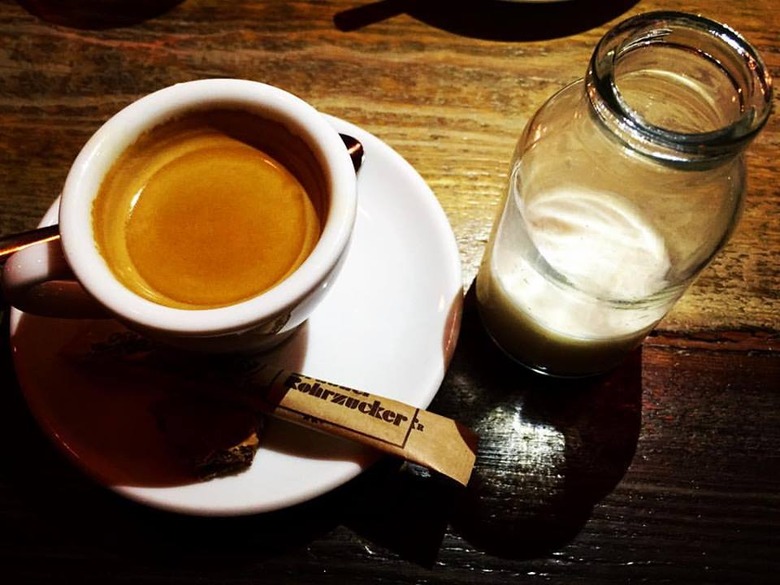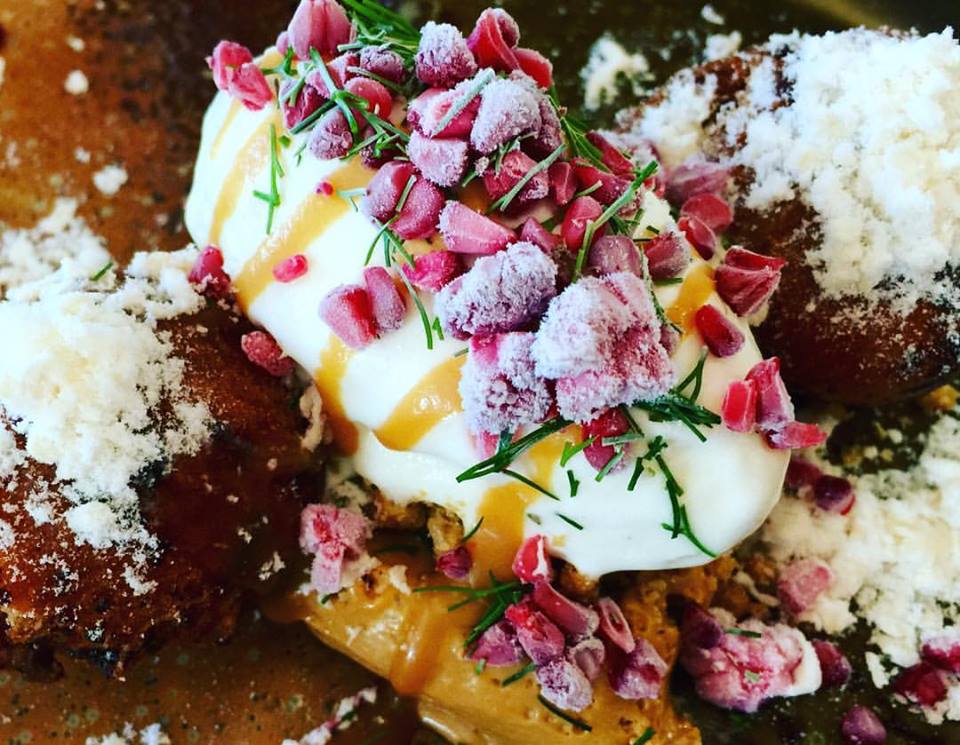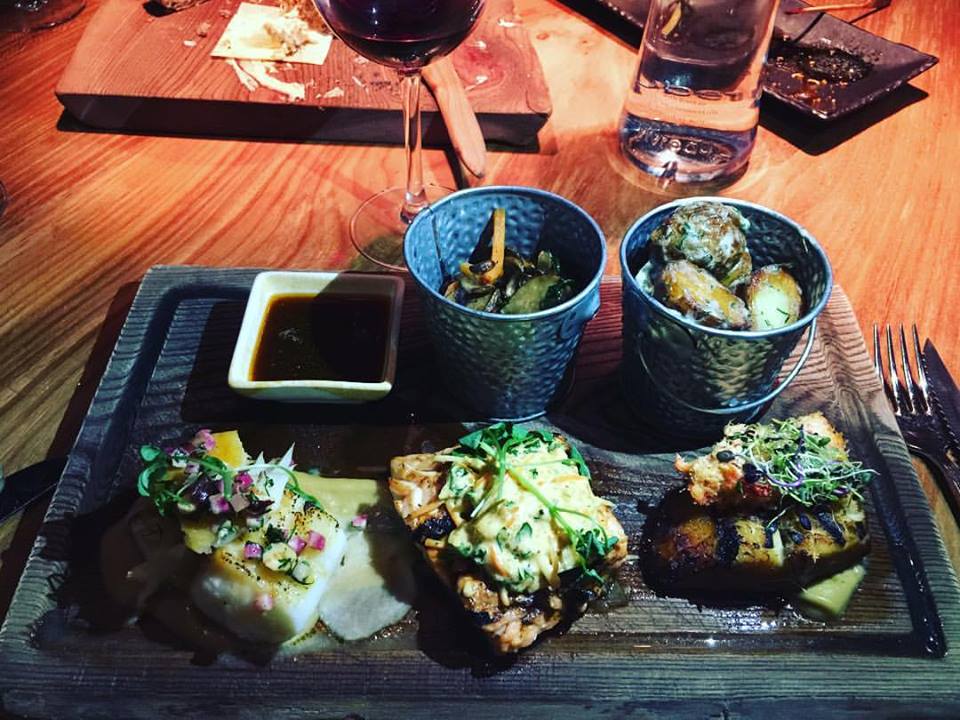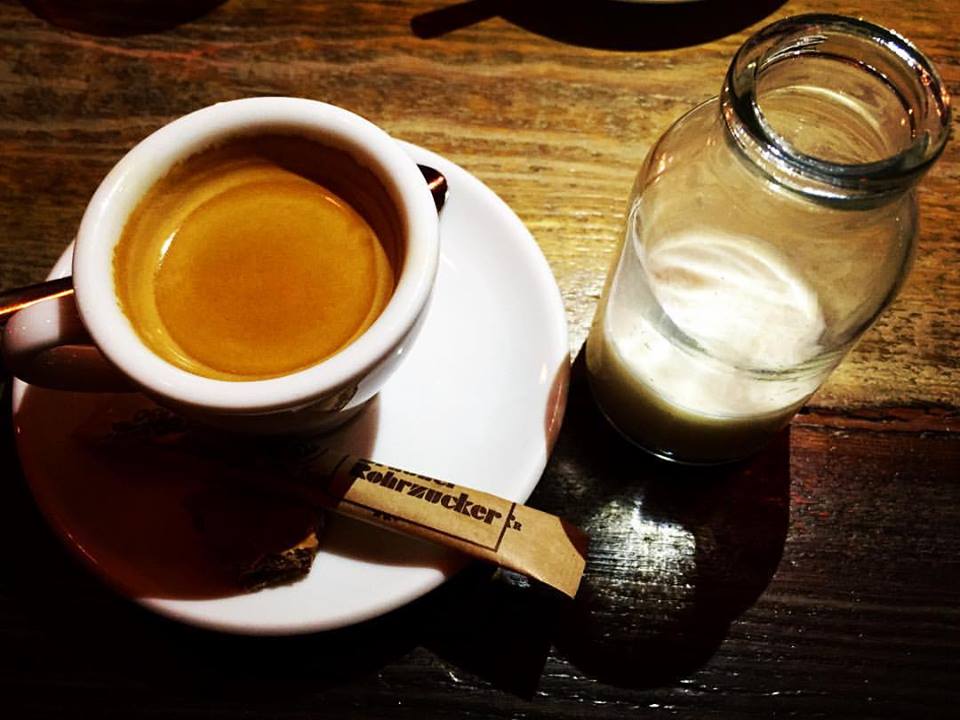Iceland: Go For The Adventure, Stay For The Seafood
When I told my friends that I'd be traveling to Iceland to check out the country's distinctive food, a collective question was, "What kind of food is it?" Truth be told, I hadn't heard much of what the fare would be like — it's not like the U.S. is overflowing with Icelandic cuisine. I learned bits via the web when Taste of Iceland recently hooked up with Chicago's Citè restaurant (located at the top of Lake Point Tower) for the Taste of Iceland festival, which was designed to give Chicagoans an insight into Icelandic gastronomy. The four-day celebration included a four-course prix fixe menu, planned by Iceland's beloved Blue Lagoon LAVA Restaurant's Head Chef, Þráinn Freyr Vigfússon. To say that I became more educated post trip is an understatement. What was my biggest take-away? Seafood. Do not go to Iceland and skip the seafood. Here's why:
Iceland is a Nordic island country, sandwiched between the North Atlantic and Arctic Ocean, just outside of the Arctic Circle. And, because of this, cod, trout, salmon, skate, cured shark (often paired with Iceland's Brennivín aka "Black Death," a licorice-flavored schnapps), salt-fish, redfish, and even mink whale (Icelanders will say that it's not endangered, but many tourists feel "a whale is a whale") are on the menu. And, most likely, the fresh fish was pulled directly out of the icy waters that day, just for your meal.
Tourism in Iceland has grown steadily in the last 15 years and it's expected to continue to surge upward, which makes now the ideal time to visit, before the tourist industry really explodes. According to the Icelandic Tourist Board, the number of overnight stays by foreign visitors grew from 595,000 in 2000 to 4.4 million in 2014. During my travels, I found Icelanders to be incredibly amiable, social, and inclusive. Maybe they aren't jaded yet, because there really is an integration of the locals with the tourists, which makes for an authentic cultural experience. The Icelanders that I met were full of pride for their country too — so much so that they even kept the "secret lagoons" secret. As to be expected with the boom of tourism, the culinary scene in Iceland is mushrooming. With that in mind, where should you dine and go on an epicurean adventure?
LAVA Restaurant
No visit to Iceland is complete without a stop at the Blue Lagoon, an outdoor spa-like pool powered completely by clean geothermal green energy. The Blue Lagoon is one of National Geographic's Wonders of the World, and the microbial community, silica, and minerals make for a healing soak — Icelandic doctors even prescribe visits to the lagoon for psoriasis and eczema skin conditions. While there, of course, visit LAVA Restaurant, which is bordered by lava rocks and natural beauty. While at LAVA, surrounded by bathers in plush white robes, I got the chance to witness a marriage proposal, something I'm sure happens often in this lovely and ethereal place. For lunch, I recommend ordering from the seafood menu (containing langoustine soup, cod, and crème brûlée), and for dinner, the four-course tasting menu (chef's choice) or choose items à la carte, like the Nordic taco trio (langoustine salad, lamb cheek, and salt-baked celeriac), rack of lamb, or grilled beef ribeye. And don't miss the fish of the day, which is served fresh from the nearby Grindavik harbor. As I mentioned before, the award-winning Head Chef, Þráinn Freyr Vigfússon, is fantastic, and he really knows how to create dishes that are visually stunning and delectable to boot.
"Grillmarket," a sexy, rustic-chic, traditional, and modern restaurant, located in downtown Reykjavik, really sticks to its roots with locally-derived ingredients. If you visit its website, you can actually learn about the farmers and see exactly where your evening's feast comes from — how cool is that? Here you'll find local dishes such as whale, puffin, lamb, duck and horse (two-thirds of horses, I was told, are raised for food in Iceland, and they "weed out the weak" by only keeping horses with a fifth gate, also known as "flying pace"), or my favorite — you guessed it — The Fish Gourmet: a trio of sea trout, redfish, and cod.
Efsti-Dalur II
This charming farm-hotel eatery, located on the Golden Circle, was my absolute favorite place to stop for a quick bite. I was on a full-day Super Jeep tour and Efsti-Dalur II was where we took a breath for lunch. This enchanting family-owned and operated dairy farm has been chugging along since 1850 and now offers a bed and breakfast as well as horse rental. The family's barn was converted into a delightful farm-to-table/farm-to-fork restaurant, where most of the ingredients and menu listings come from the community and neighboring farms — you can actually see the dairy cows through a panoramic window as you sip a cappuccino with coffee art and eat. The menu is full of various burgers (including one loaded with peanut butter and jelly), meaty salads, and fish. The best part: enjoying handmade ice cream, presumably from the dairy cows I just met, for dessert.
Kopar
From the city to the countryside and then back to the city, next up: Kopar — located near the super cool Icelandair Hotel Reykjavik Marina, a stone's throw from downtown Reykjavik. Kopar offers stunning views, where you can see ships coming in and out of the harbor. The interior is quirky and romantic and the menu couldn't be better for a final send-off dinner. Ylfa Helgadóttir is the chef de cuisine and owner and notwithstanding her young age, she is super talented, and quite the culinary visionary. And, as with many Icelandic restaurants, Kopar offers a few different tastings menus: "Kopar Adventure," "Fish Adventure," and "Appetizer Adventure." If you order à la carte, you can choose from dishes like cod tongues, duck spring rolls, lobster and crab risotto, horse tenderloin, and turkey or salted cod (vegetarian options and a kid's menu are also available).
There you have it, my top four restaurants to check out while visiting Iceland. And, if you're flying via Icelandair, you can visit Iceland on a stopover flight to Europe for up to seven days — just long enough to try out Iceland's dynamic culinary scene.



